In recent years, solar energy has increasingly become a popular source of electrical power, and this is mainly due to the fact that the cost of other forms of electrical generation are ever-growing. Solar power also offers people a unique opportunity to generate their own energy, enabling them to take control over their electricity consumption.
Are you exploring the possibility of supplying your residence with energy through solar power? If so, you may be pondering if it can be done completely autonomously, without relying on the utility grid for electricity. Can solar panels be used to create all the energy you need to survive off-grid?
Though transitioning to solar power could feasibly remove you from the conventional energy grid, it’s essential to consider a few things before taking that step: is it right for you? Going off-grid is not a choice to take lightly.
It’s important to take a look at your energy consumption to determine the right number of solar panels for your needs. The more electricity used, the more installations will be imperative. Of course, with this approach comes a greater cost, so it’s essential to decide if this kind of investment make sense for you.
For those hoping to go off the grid with solar, location is paramount. Individuals blessed with abundant sunshine have a easier time making the transition; however, in places with frequent cloudy or wet conditions, other forms of renewable energy may be required to provide the necessary electricity. Wind energy and hydropower are both fantastic options for making up for any solar deficiency.
Taking the leap into off-grid solar power requires both planning and financial commitment, so it is important to obtain an accurate assessment of the resources necessary to make the transition a reality. Establishing your budget and being aware of costs ahead of time is vital.
Having weighed the pros and cons you’re in favor of switching to solar energy, then there are a few steps you must take to ensure you successfully go off-grid.
If you’re desiring to engage in the practice of solar energy, the very first step you must embark on is acquiring a solar power system. The choice is yours – you can either select a package deal that holds all the relevant components such as solar panels and the required accessory parts, or opt for singling out each item and custom-building your very own system.
Installing a solar power system can be quite a demanding task, so prior to embarking on your journey, arm yourself with the appropriate acumen and know-how. Take your time and do not rush the procedure – having done due diligence will make the entire ordeal run more smoothly.
After setting up your solar energy system, it’s time to fuel your power production. This can be done in two ways: either by collecting sunlight and converting it into electricity with the help of solar panels, or by taking advantage of solar thermal collectors to generate heat from the sun’s rays that can be used in the production of electricity.
By producing more electricity than you consume, you can make your solar power system more cost-effective with the added benefit of selling back the extra power to the grid. This opens up the appealing option of cutting ties from the energy grid and relying solely on renewable solar energy.
Making the switch to an off-grid energy source, such as solar power, can be incredibly beneficial. It can provide a certain level of freedom and cut costs, but it’s essential to know all possible outcomes before switching. Assess your individual needs and evaluate the cost-benefit ratio carefully to decide whether embracing an off-grid lifestyle is right for you.
Post time: 2023-06-25
Related Product

Solar panel
PV Kits for fields, flat and pitched roofs The kit using photovoltaic support system is critical to photovoltaic support, including wind calculation speed, order picking speed and […]
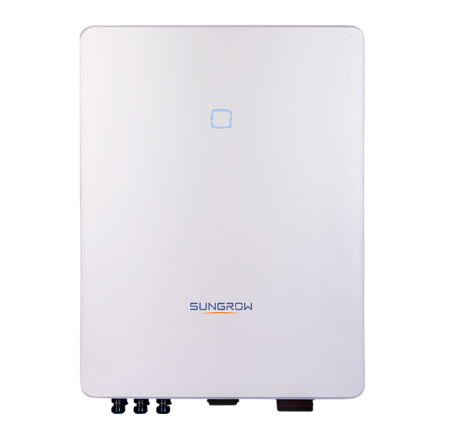
PV inverter
PV inverter (PV inverter or solar inverter) can convert variable DC voltage generated by photovoltaic (PV) solar panel into AC inverter of mains frequency, which can be fed back to […]
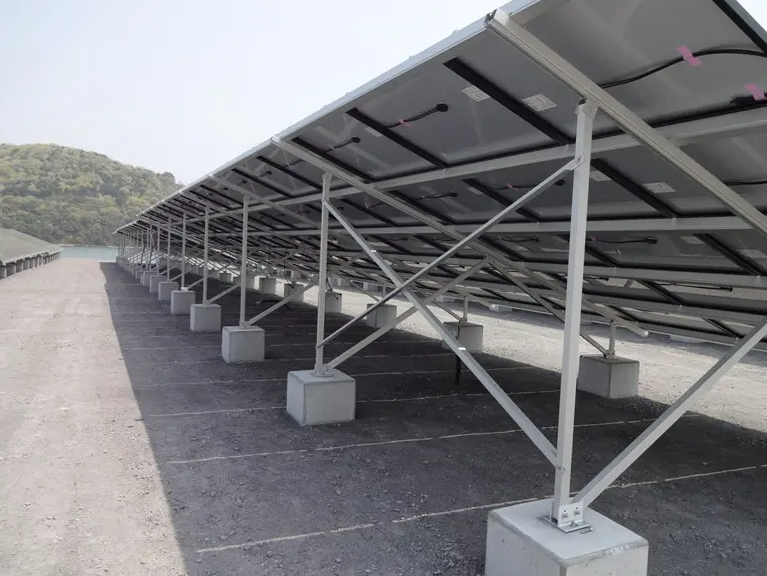
GROUND MOUNT PV Support
Placement position Ground Applicable component type Framed or frameless solar panels of various sizes Raw materials of support aluminium alloy Installation angle According t […]
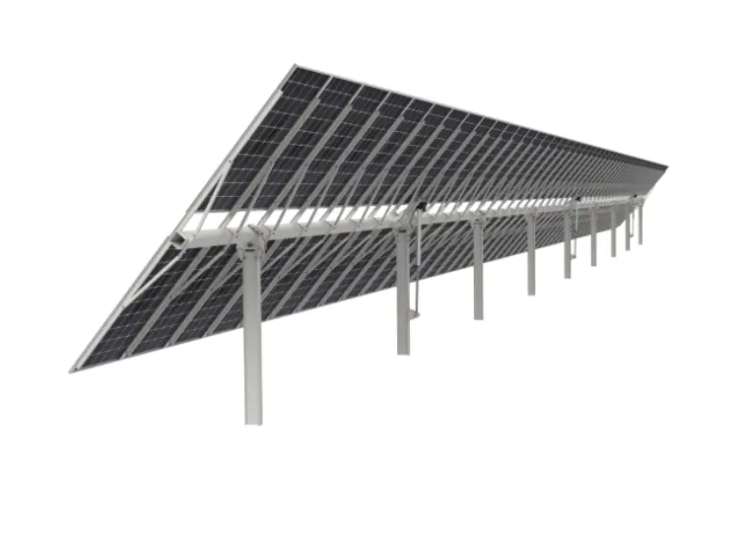
PV bracket tracking system
Ground tracking photovoltaic support Fully adapt to 210 major components The product has been tested in CPP wind tunnel Use AI algorithm to optimize tracking mode Irregular land is […]
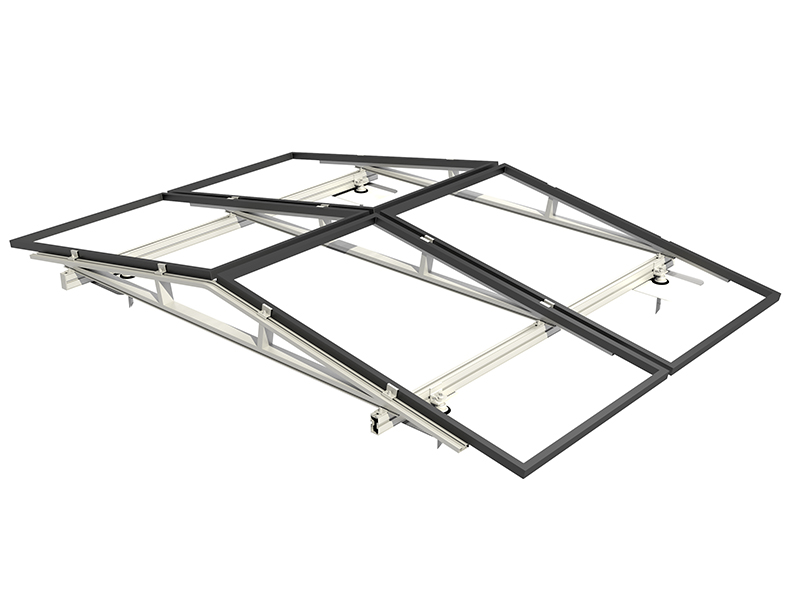
Inclined roof photovoltaic support
V support system for inclined roof The inclined roof installation system is suitable for all kinds of inclined roofs. According to the roof bearing capacity and waterproof requirem […]
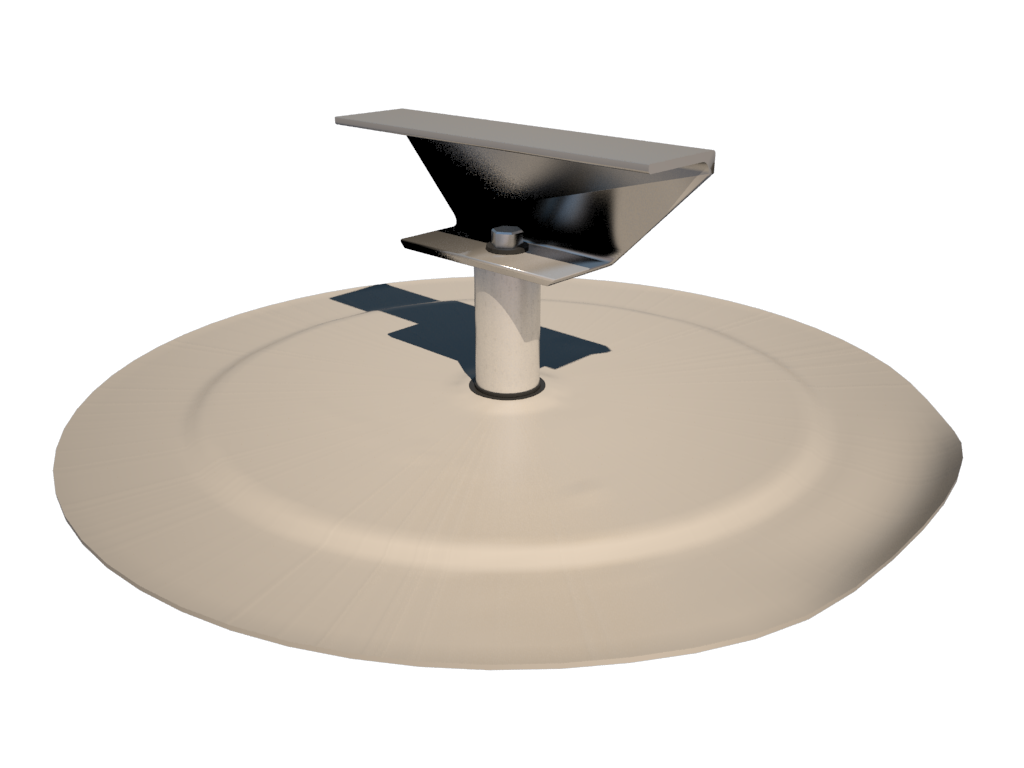
PV bridge support
Features of PV bridge support products: Strong resistance to negative wind pressure, good stability, strong bearing capacity and strong lateral tensile capacity; Easy and fast ins […]
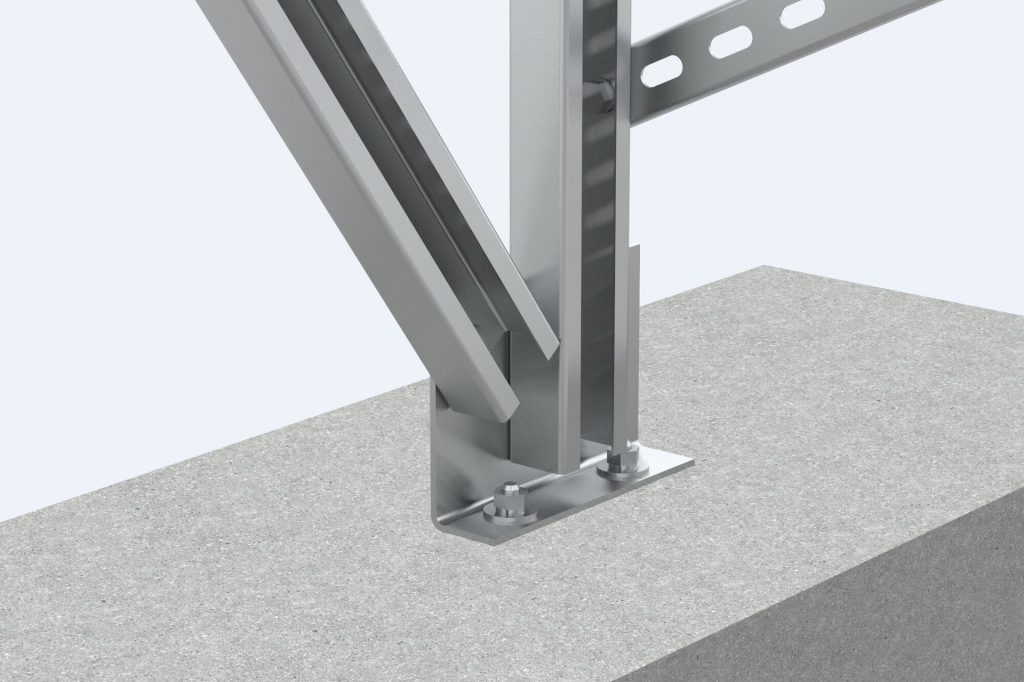
Flat roof photovoltaic support
Flat roof photovoltaic support Analysis of installation and construction problems of flat roof photovoltaic power station The external roof system on the roo […]
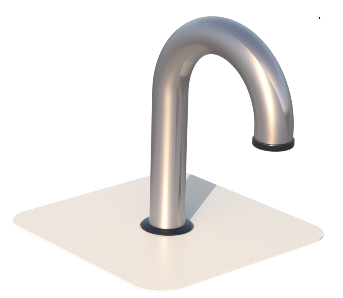
PV support KITS
What is Cable conduit? A metal protective tube with certain mechanical strength laid on the outer layer of the cable to prevent the cable from being damaged Cable threading […]
